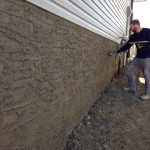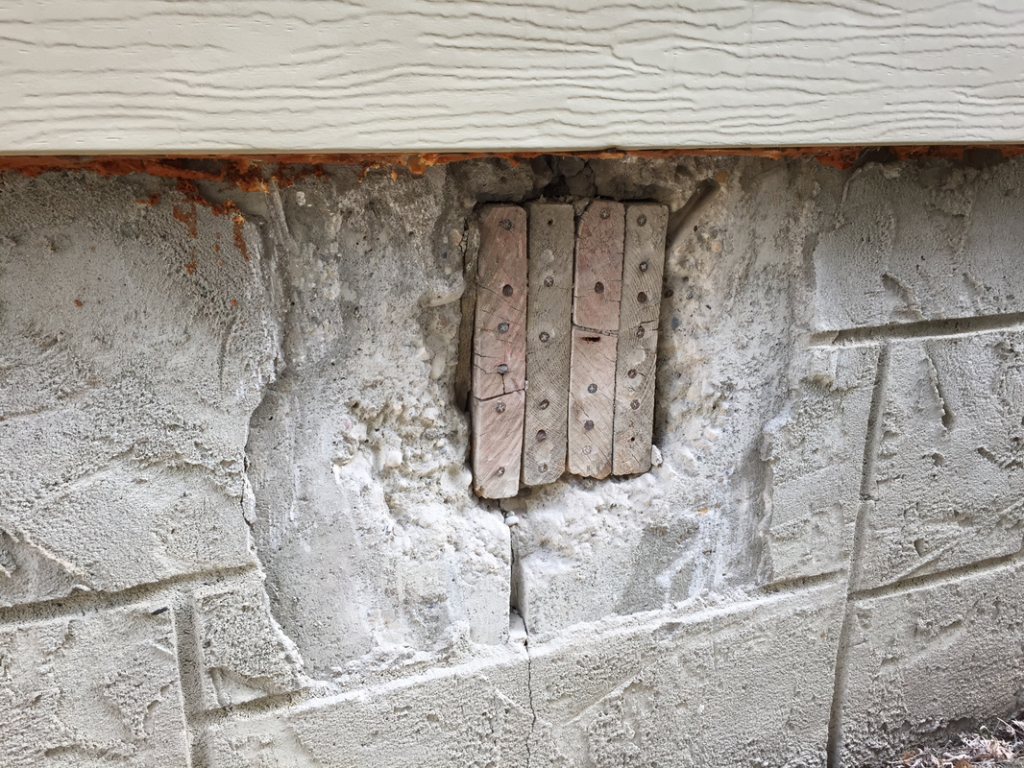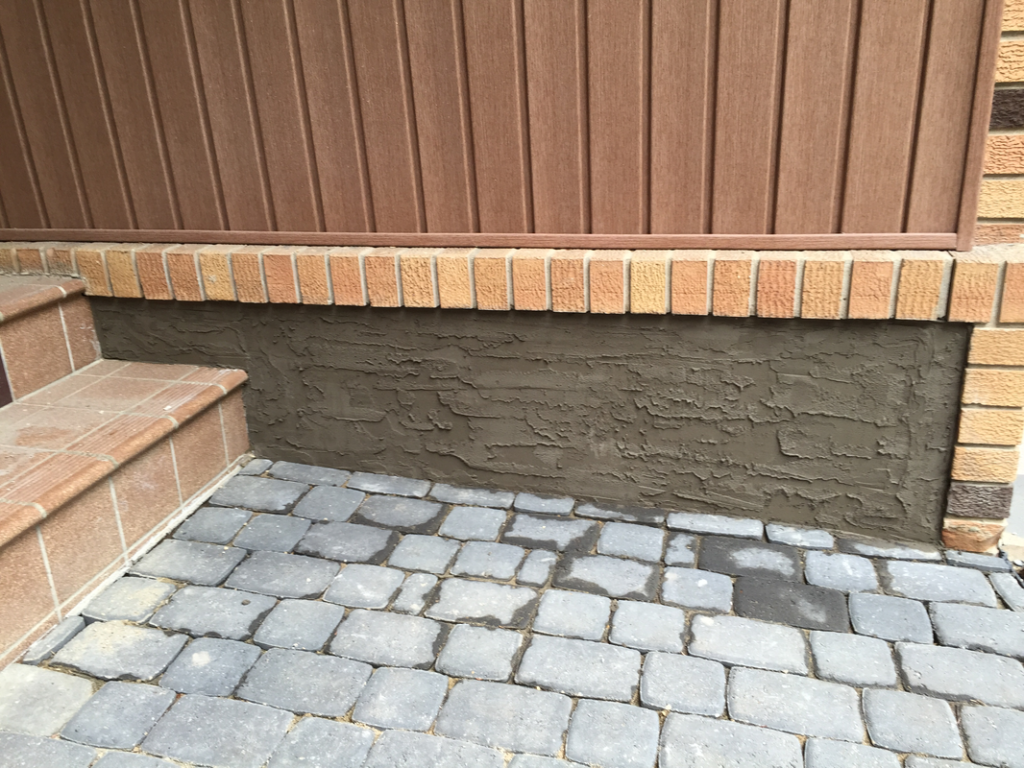The suggestion of foundation problems on a house tends to strike fear in the hearts of homeowners everywhere. That’s with good reason, because the foundation literally holds up the house. It makes sense to be concerned by the prospect of cracks in the foundation or any other signs of damage.
Fortunately, in some cases, the problem isn’t with the foundation at all. It’s caused by cracked parging, the thin layer of masonry-based mortar that serves as the first line of defence for a home’s foundation. But before you sigh in relief, know that a consult with a parging professional is the only way to know for sure whether or not you have a more serious problem on your hands.
Parging is Not a Foundation Problem
We are commonly called with questions about wet basements because when people see signs of trouble in the basement, parging is often thought to be part of the problem. The good news is that cracked parging is rarely the cause of any serious problems with the basement. However, parging repair is often a great part of an overall strategy to prevent foundation problems further down the line.
How Does Parging Protect the Foundation?
Parging acts as a protective layer, shielding the foundation from harsh external elements such as snow, ice, wind, and rain, helping to prevent potential foundation issues. However, this can only happen if the parge coat is kept in good working order. Cracked parging must be repaired or replaced as soon as possible; otherwise, rain and water can get in and, because it’s right up against the house, it can be held there by the parging. While it is possible to repair cracks, parging does its best work protecting the foundation when it is a completely fresh, crack-free application.
Want more information? Read about the benefits of parging basement walls, or contact us today to schedule a consultation and we determine the best course of action to maintain your home. Like us on Facebook or follow us on Twitter to get updated information on caring for your home.



